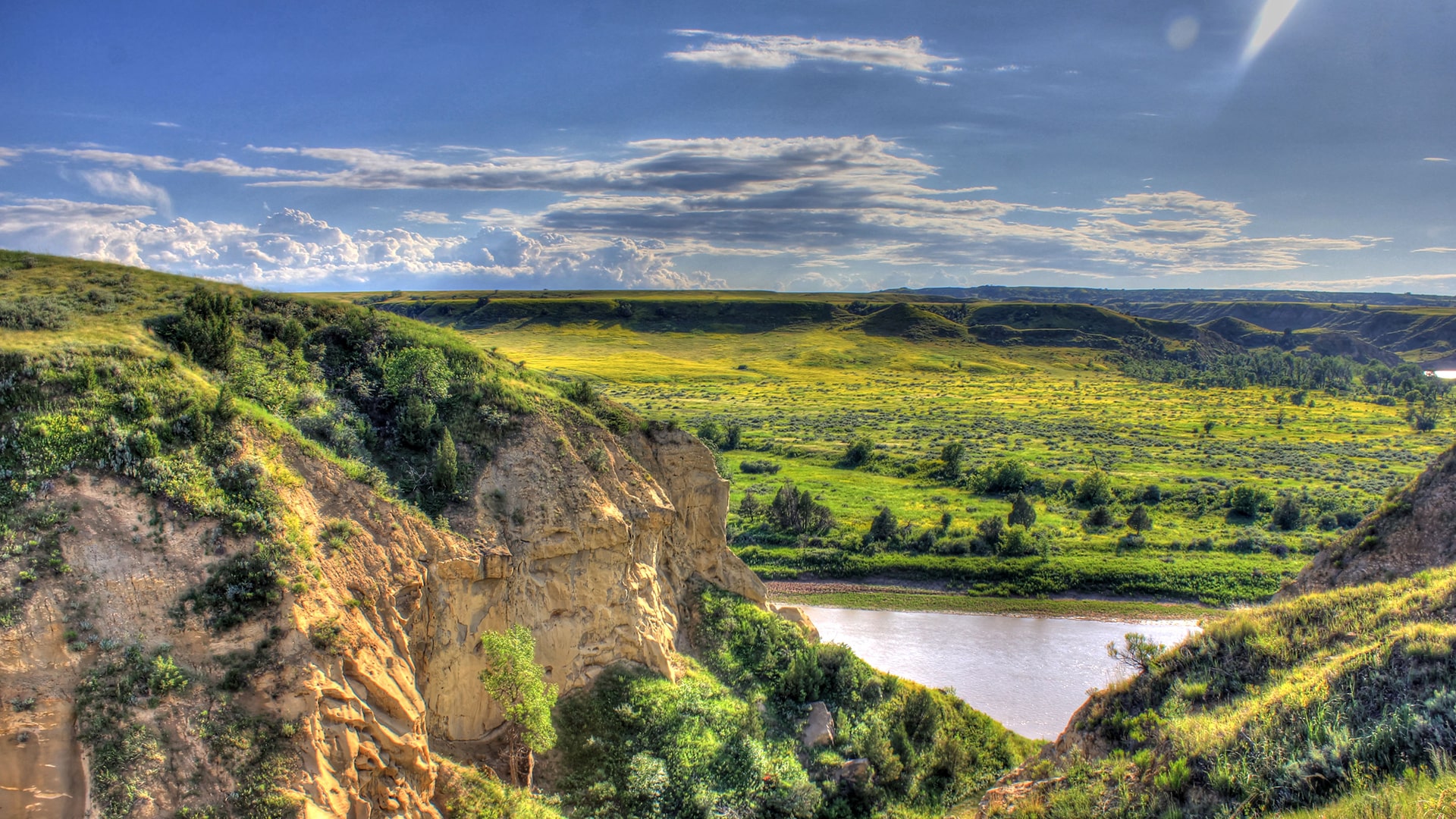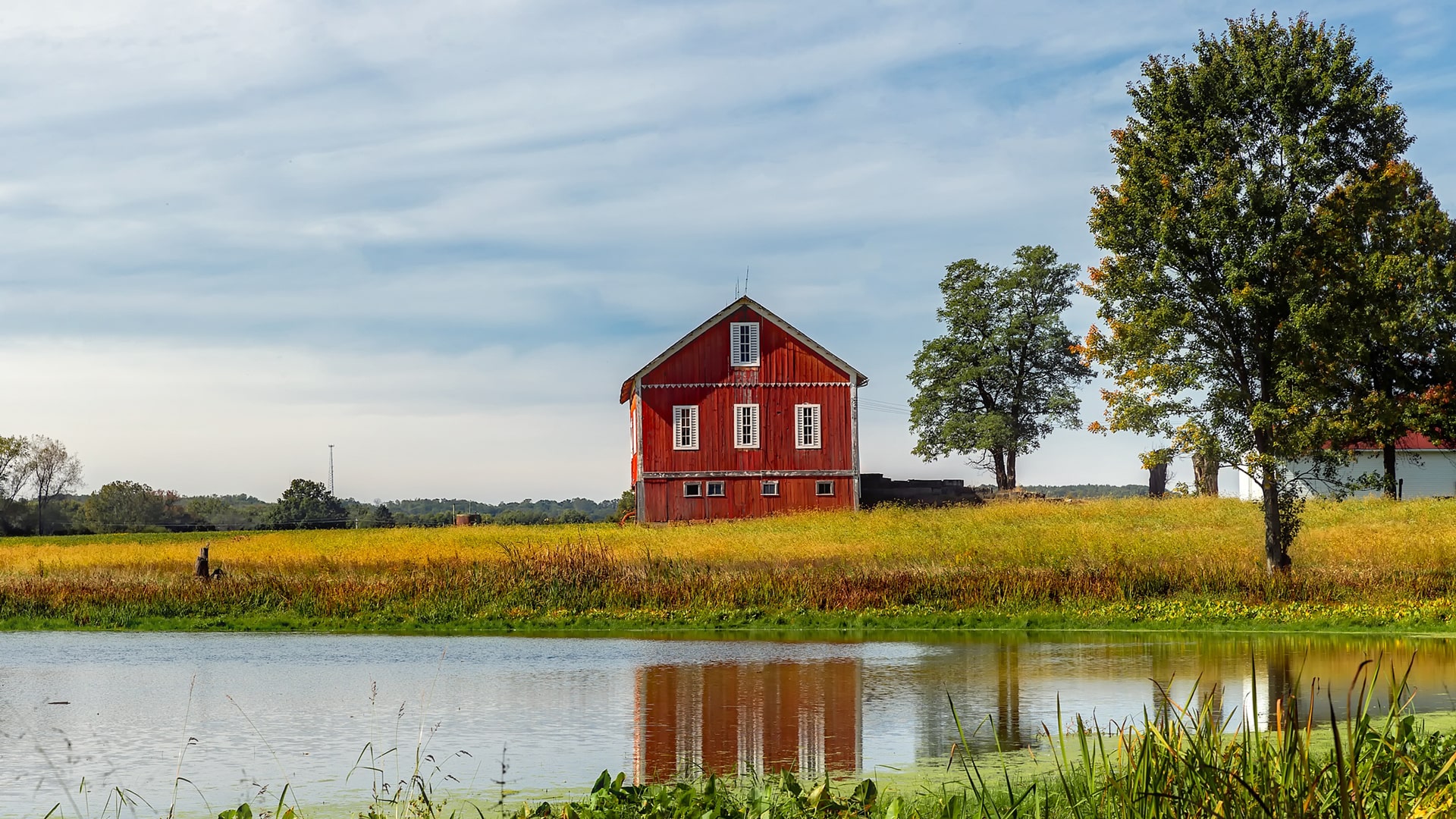states
North Dakota

North Dakota has an ISLT score of 63, which means it has a high risk of a Republican-led state legislature passing legislation to swing the state’s 2024 electoral votes toward the Republican presidential nominee.
North Dakota’s margin of victory in the last presidential contest was 33.3%, making it the 46th closest contest. The margin of victory in the state matters because states with the closest margins of victories are more likely to flip as a result of voter suppression bills and other tactics that could be unleashed by a rogue, unaccountable state legislature.
Currently, the state legislature is controlled by the Republican Party. The partisan control of the state legislature is included because Republican operatives supported and carried out an insurrectionist coup to undermine democracy in the last election, and have demonstrated a desire to overturn democratic election outcomes if necessary in order to gain power. Republicans control 87.2% of the North Dakota House and 91.5% of the North Dakota Senate, which indicates that Republicans have a strong majority to enact future legislation that could interfere with the 2024 election. We also compared the partisan control of the state legislature to the state’s 2020 presidential results, and found that Republicans control 22.1% more state house seats and 26.4% more state senate seats than expected. This skew toward the GOP indicates that the state legislature, which could be empowered to enact radical federal election law changes under ISLT, may well be insulated from being held accountable by voters.
North Dakota’s legislature introduced at least 8 bills during 2021 and 2022 that would suppress votes or interfere with election administration.
Additional Considerations
State Supreme Court
North Dakota selects Supreme Court judges through nonpartisan elections.4 Under a maximalist version of ISLT, the state Supreme Court would be unable to review or strike down any federal election-related changes the state legislature enacted. State legislatures could enact radical changes without state courts or the state constitution checking their authoritarian power. For this reason, the Conference of Chief Justices — which represents chief justices of both parties in all 50 states, took the rare step of filing an amicus brief opposing ISLT.
State-Specific Factors
Currently, voters in North Dakota have the power to engage in direct democracy — they can directly influence state law through ballot initiatives and voter referendums, which provide a powerful check on the state legislature.5 Voter-initiated legislation in states across the U.S. has addressed matters such as establishing all-mail vote systems, filling vacant U.S. Senate seats through a special election rather than governor appointment, redistricting criteria, and more. North Dakota employs voter referendums and ballot initiatives that may allow voters to have a say in how officials conduct federal elections. However, if the Supreme Court adopts ISLT, the North Dakota state legislature could strip these powers away from voters for matters related to federal elections and end the federal election-related voter-initiated statutes already in place. All states except Delaware also require voter approval when the state legislature amends the state constitution; under a maximalist version of ISLT, state legislatures could adopt election rules and laws that violate the state constitution without the need to amend it or seek voter approval.
1 2020 presidential election data sourced from “2020 Presidential Election Results” Interactive Map, New York Times.
2 2022 midterm election data sourced from “North Dakota Election Results 2022 Midterms,” The New York Times and “ND Voices: Legislative District Results,” North Dakota Election Officials County Auditors and Secretary of State. Several seats have yet to be called; our data is based on current leaders and will be updated.
3 State legislation data sourced from “Comprehensive Bill Tracker,” Voting Rights Lab (accessed Nov. 7, 2022).
4 “North Dakota Supreme Court,” Ballotpedia.
5 Direct democracy data sourced from “Forms of direct democracy in the American states,” Ballotpedia, and “Initiative and Referendum Processes,” National Conference of State Legislatures.

